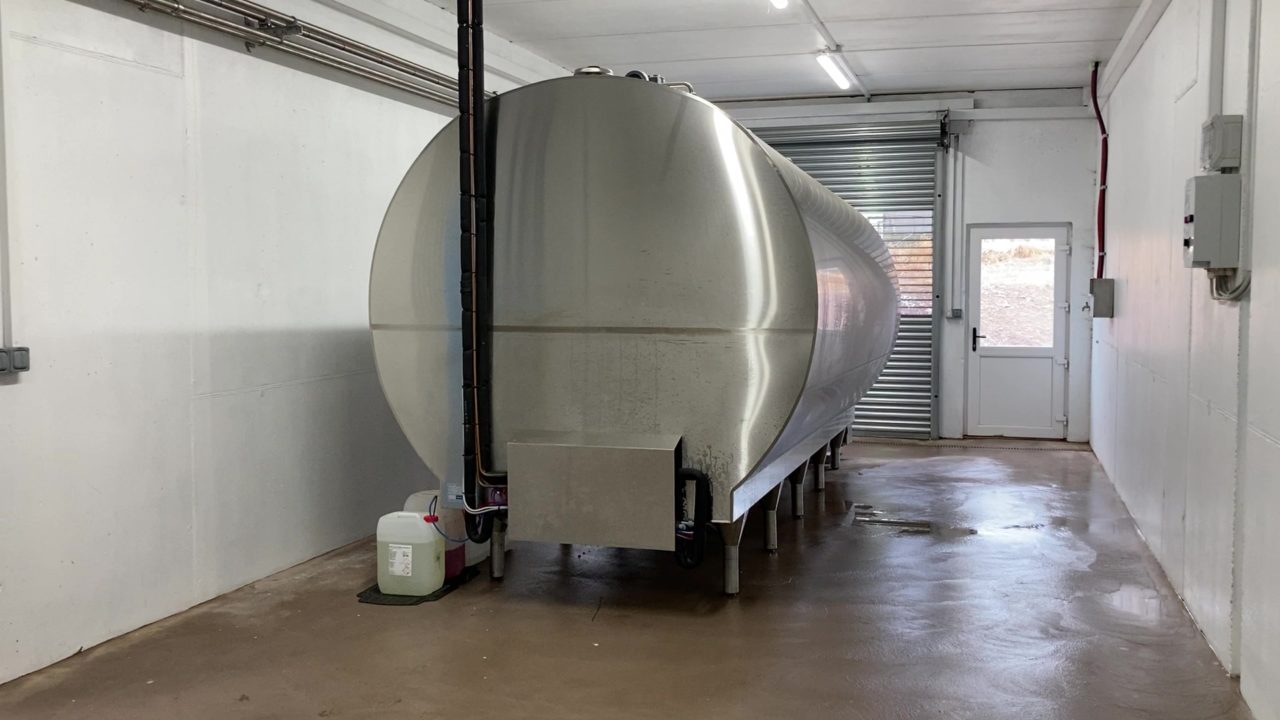The use of bulk tank screening for Infectious Bovine Rhinotracheitis (IBR) provides a cheap and easy way to monitor herds according to Animal Herd Ireland (AHI).
The screening of a herd allows for the identification of the presence or absence of a disease on a farm or within a herd.
IBR
Once an animal becomes infected with IBR, the virus becomes latent and the animal remains an infected carrier for life, developing antibodies that are detectable in blood and milk samples.
Detecting animals that are antibody-positive can be a reliable indicator of IBR infection within a herd.
An animal that is positive for the antibodies is then a carrier of the virus and a potential spreader of the virus to other animals within the herd.
However, there are exceptions to this, as a calf may have been given antibodies from their dam and non-infected cattle vaccinated with non-marker vaccines.
The Department of Agriculture, Food and the Marine now undertakes a national surveillance of dairy herds for IBR antibodies, with two rounds of testing/year being carried out, in spring and autumn.
Bulk tank screening
Milk bulk tank screening is also a useful way of monitoring other potential diseases within a herd.
These could include Salmonella; Bovine Viral Diarrhoea (BVD); Leptospirosis; Liver Fluke; or worms.
The screening of a milk tank can help with the development of a vaccination programme for the herd and treatment if needed.
Not only is this beneficial for the health of the herd, but also for humans. For example, Leptospirosis is a bacteria disease that is zoonotic, meaning it can be spread from cows to humans.
Humans can become infected with the disease by coming into contact with urine of an infected cow, placental material or an aborted foetus.
Clinical signs of the disease in humans are flu-like, with headaches and fever and occasionally, this can progress to meningitis.
The screening of a herd can pick up possible infections and prevent them from spreading further, or to humans.
